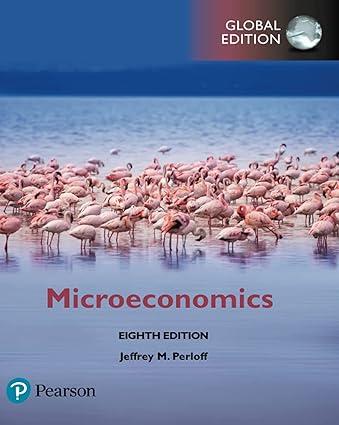In a pure exchange economy with two goods, (G) and (H), the two traders have Cobb-Douglas utility
Question:
In a pure exchange economy with two goods, \(G\) and \(H\), the two traders have Cobb-Douglas utility functions. Amos' utility is \(U_{a}=\left(G_{a}\right)^{\alpha}\left(H_{\alpha}\right)^{1-\alpha}\) and Elise's is \(U_{e}=\left(G_{e}\right)^{\beta}\left(H_{e}\right)^{1-\beta}\). What are their marginal rates of substitution? Between them, Amos and Elise own 100 units of \(G\) and 50 units of \(H\). Thus, if Amos has \(G_{a}\) and \(H_{a}\), Elise has \(G_{e}=100-G_{a}\) and \(H_{e}=50-H_{a}\). Solve for their contract curve.
Fantastic news! We've Found the answer you've been seeking!
Step by Step Answer:
Related Book For 

Question Posted:





